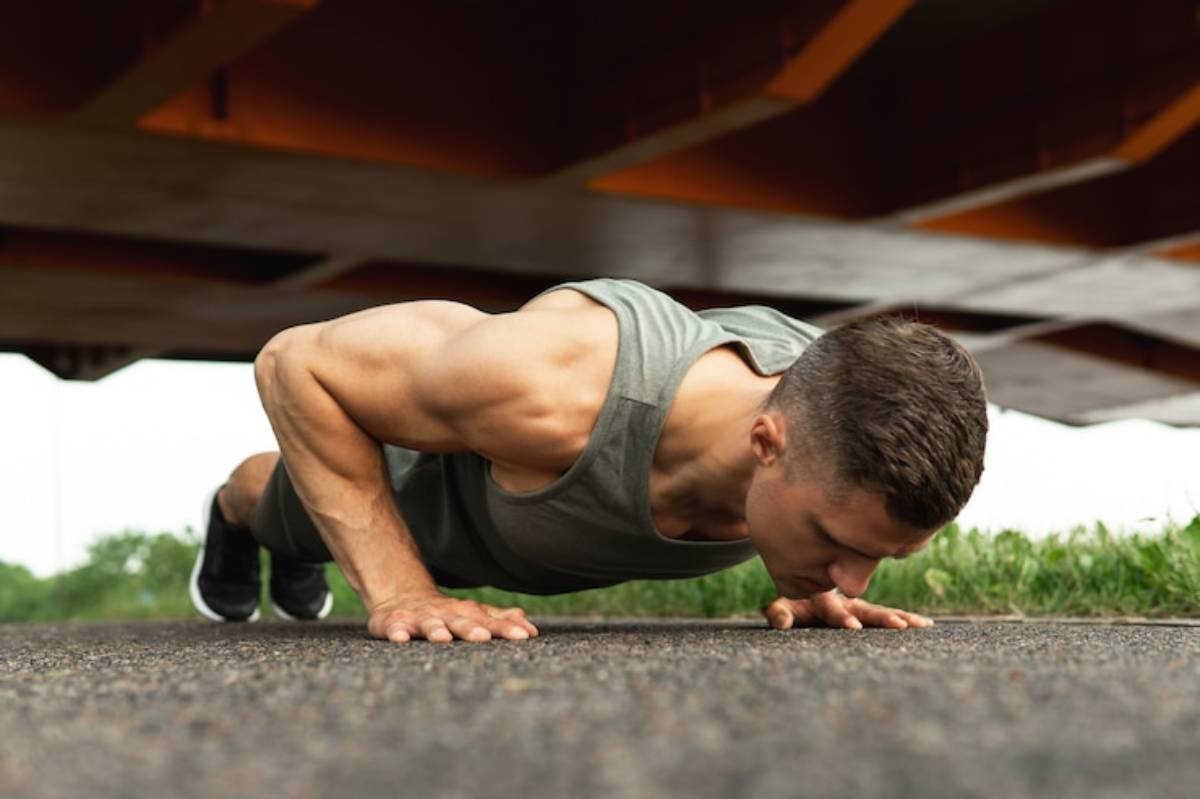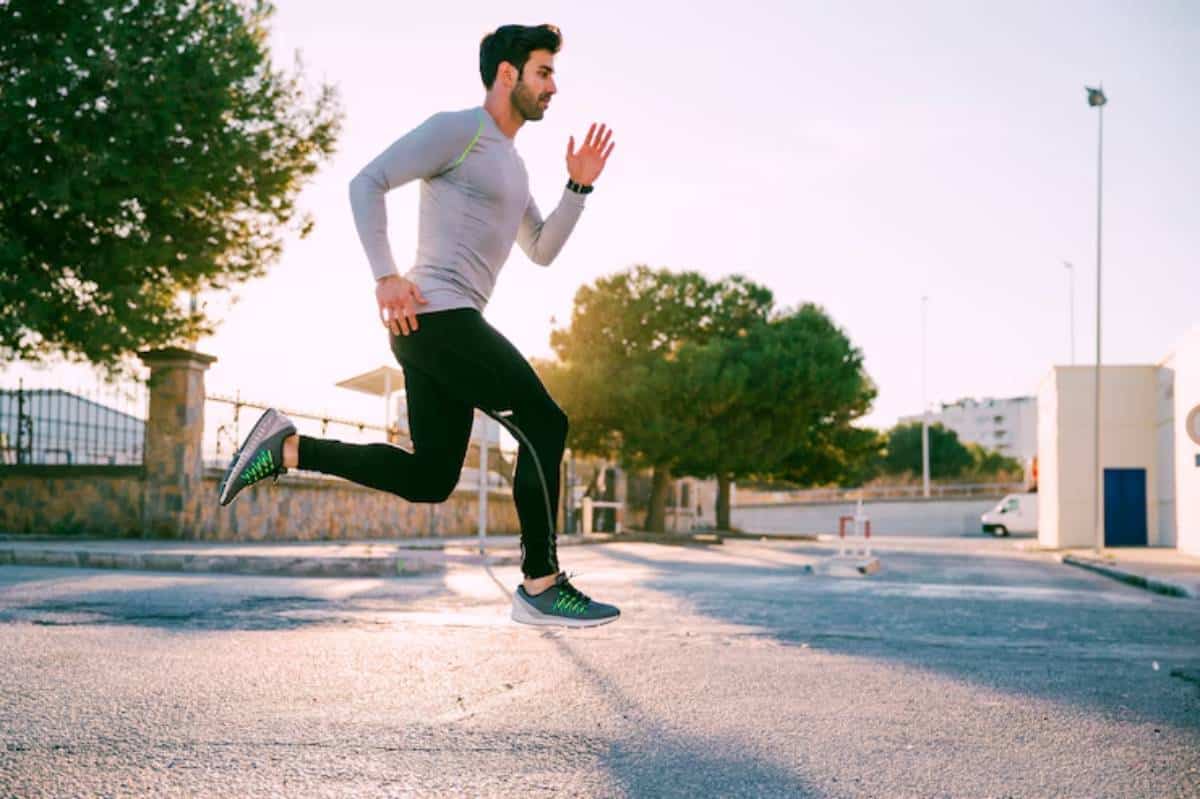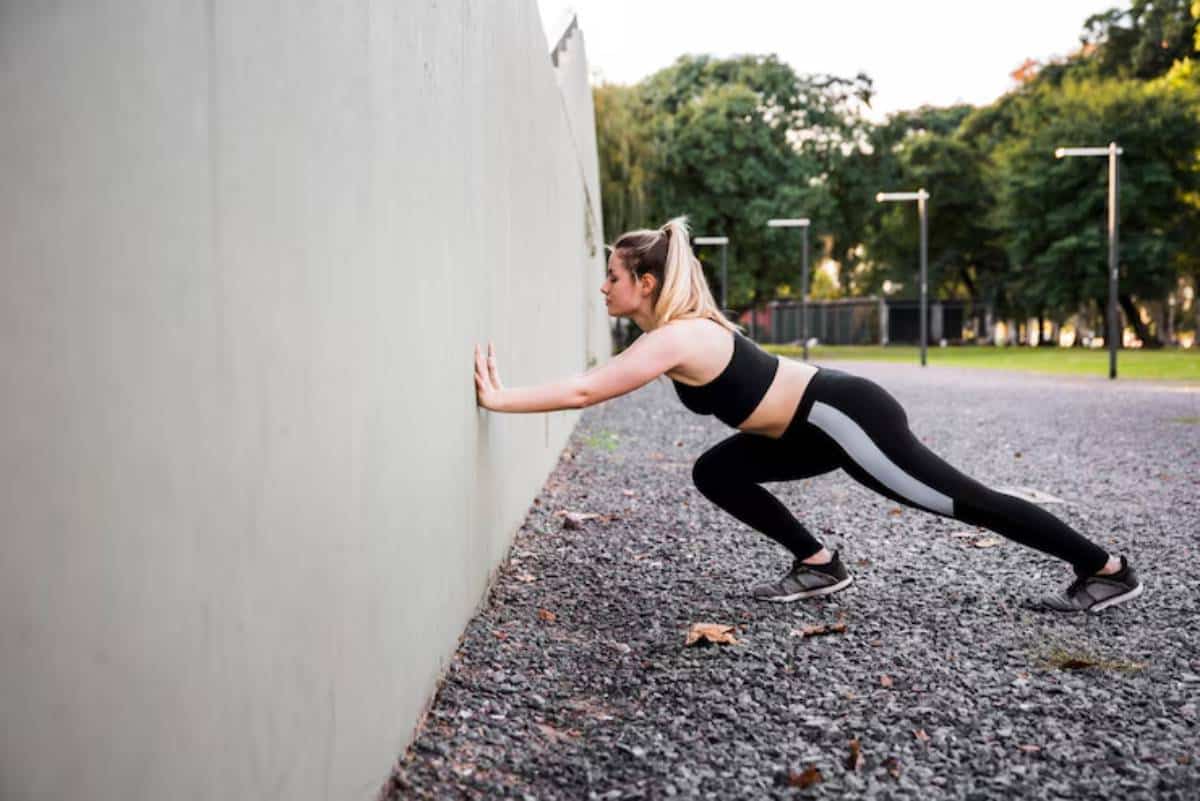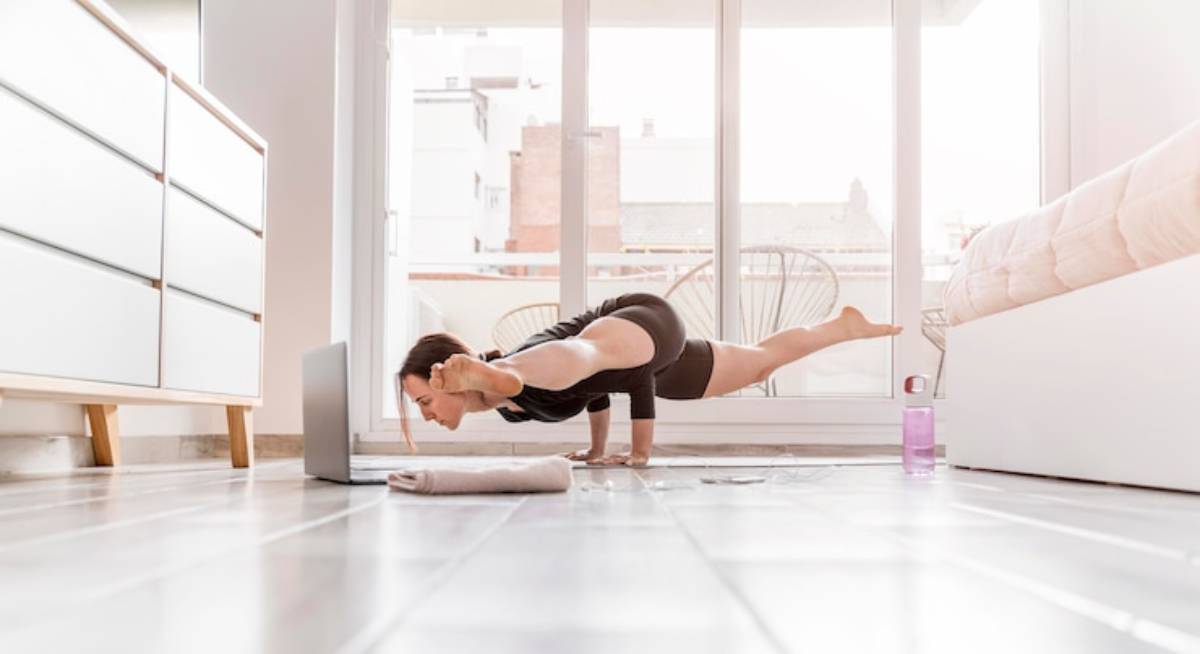
How to Max Out Your Bodyweight Workouts for Hypertrophy
In a world obsessed with gym memberships and heavy iron, it’s easy to forget that some of the most impressive physiques in history were built with nothing but gravity and determination. Today, bodyweight hypertrophy is not just possible — it’s thriving. Whether you’re training at home, travelling without access to a gym, or simply craving a raw, back-to-basics challenge, you can achieve muscle gain with no weights by mastering the art of bodyweight mass building.
In this guide, we’ll walk you through how to optimise your bodyweight training for real hypertrophy results — bigger muscles, greater strength, and a body you’ll be proud of.
Understanding the Core: How Bodyweight Training Builds Muscle
Hypertrophy refers to the process of enlarging muscle fibres through strategic, progressive overload. Traditionally, people associate hypertrophy with lifting heavy weights. However, bodyweight exercises can achieve the same effect, if structured properly.
Why Bodyweight Hypertrophy Works
Research shows that muscle fibres respond primarily to tension, time under tension, mechanical stress, and muscle fatigue — not necessarily external weight. When exercises are performed with precision, higher reps, slow tempos, and progressive difficulty, your body interprets it just like traditional weight lifting.
Important: You don’t need a barbell to overload your muscles — your own body offers infinite resistance if you know how to manipulate it!
Quick Guide / Checklist: Bodyweight Hypertrophy Essentials
- Focus on progressive overload (harder variations, more reps, slower tempo)
- Prioritise time under tension (TUT) to fatigue muscles
- Train close to failure without losing form
- Use compound exercises that target multiple muscle groups
- Incorporate isometrics (holds) and slow negatives
- Fuel your body with adequate calories and protein
- Track workouts to ensure progression over time
Step-by-Step Guide: How to Practise Bodyweight Mass Building
1. Master Fundamental Movements
Start with the basics:
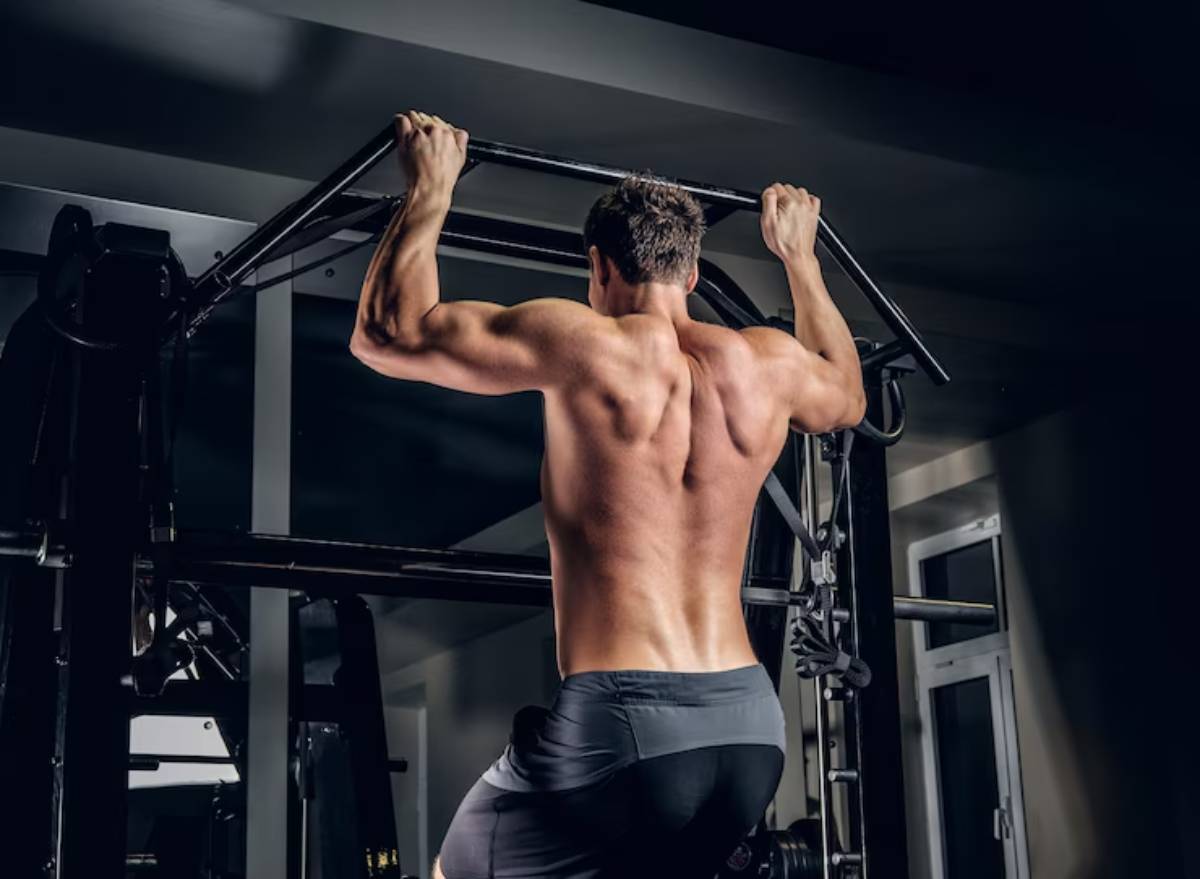
- Pull-ups (use a doorframe, sturdy tree branch, or portable bar)
- Push-ups (progress to archer or pseudo planche push-ups)
- Squats (progress to pistol squats)
- Dips (use parallel surfaces like two chairs)
- Lunges (progress to jumping or Bulgarian split squats)
- Planks and Hollow Holds (for core hypertrophy)
Pro Tip: Always chase perfect form first. High-quality reps build bigger, stronger muscles far faster than sloppy, rushed sets.
2. Apply Progressive Overload Without Weights
To grow, you must consistently challenge your muscles:
- Increase reps or sets every week
- Slow down the eccentric phase (lowering part) of movements
- Pause during the hardest part of the lift
- Move to harder progressions (e.g., regular push-ups → diamond push-ups → planche push-ups)
3. Control Time Under Tension (TUT)
Muscle hypertrophy thrives on longer sets where the muscle is under continuous strain:
- Aim for 30–60 seconds per set
- Slow your reps to 3–5 seconds down, 1–2 seconds up
- Add holds (isometrics) at peak contraction points
4. Train Close to Muscle Failure
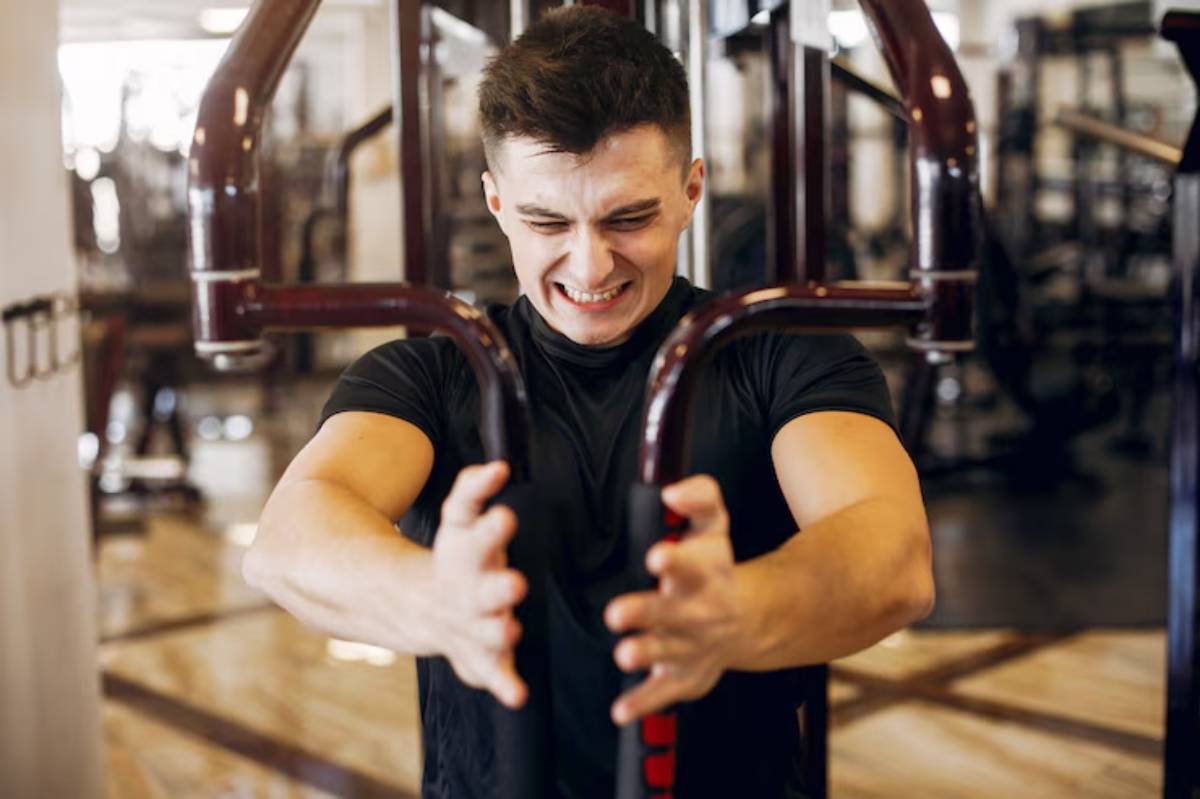
Push your body until you can barely complete another clean rep. That’s where growth signals are strongest.
Secret Tip: Don’t fear muscular fatigue — it’s your body’s way of telling you it’s adapting and growing stronger!
5. Structure Your Training Week
Here’s an example bodyweight hypertrophy split:
- Day 1: Upper Body (Push)
- Day 2: Lower Body
- Day 3: Rest or Active Recovery
- Day 4: Upper Body (Pull + Core)
- Day 5: Lower Body & Plyometrics
- Day 6: Full-Body High-Rep Session
- Day 7: Rest
Best Practices & Additional Insights
Optimise Your Nutrition

Muscle gain with no weights still demands:
- A slight calorie surplus (around 10–15% more than maintenance)
- High protein intake (1.6–2.2g per kg of body weight daily)
Without sufficient fuel, even the best workout won’t deliver hypertrophy.
Focus on Mind-Muscle Connection
Actively feel the target muscle working during each movement. Visualising the muscle contracting can enhance muscle activation and speed up growth.
Track Your Progress
Keep a simple log of:
- Reps
- Sets
- Exercise variations
- Notes on difficulty
Important: Progress you don’t track is progress you can’t measure — or replicate!
FAQs About Bodyweight Hypertrophy
Can you really build significant muscle with just bodyweight exercises?
Absolutely. Elite gymnasts and callisthenics athletes prove that incredible physiques are achievable without touching a single dumbbell. The key is manipulating difficulty and training intensity.
How long does it take to see muscle growth from bodyweight training?
Expect noticeable changes within 6–8 weeks with consistent, structured training, proper nutrition, and recovery. Patience and consistency matter more than perfection.
Is bodyweight training harder than lifting weights?
It can be! Mastering challenging bodyweight movements like one-arm push-ups or pistol squats requires extraordinary strength, balance, and control.
How often should I train for bodyweight hypertrophy?
Aim for 4–6 sessions per week to maximise muscle growth, ensuring you allow adequate recovery for targeted muscle groups.
What bodyweight exercises are best for chest hypertrophy?
Push-up variations like archer push-ups, pseudo planche push-ups, and deep deficit push-ups are excellent for chest muscle building.
Can beginners achieve hypertrophy with just bodyweight?
Yes — beginners often see faster gains initially because their bodies adapt quickly to new stimuli and strength demands.
Should I eventually add weights to bodyweight exercises?
If your goal is continuous progression, weighted bodyweight exercises (like weighted dips or pull-ups) can greatly enhance hypertrophy once bodyweight alone becomes too easy.
How do I avoid plateaus in bodyweight training?
Progress to harder exercise variations, increase reps, control tempo, or reduce rest times to keep challenging your muscles.
Is bodyweight mass building effective for legs?
Absolutely — exercises like pistol squats, Bulgarian split squats, and jump squats can create serious hypertrophy in your lower body.
Do I need to do high reps for muscle gain without weights?
Not always — moderate reps (8–20) performed slowly with controlled tension are most effective for building mass.
Can I combine bodyweight training with cardio?
Yes, but if hypertrophy is your main goal, keep cardio low to moderate intensity so it doesn’t interfere with muscle recovery and growth.
Conclusion: Build Big Muscles Anywhere, Anytime
You don’t need fancy machines or heavy barbells to grow an impressive, powerful physique. With smart strategy, discipline, and a hunger for challenge, you can max out your bodyweight training and workouts for hypertrophy and achieve real muscle gain with no weights. Whether you train at home, in a park, or on the go, your body can become the ultimate mass-building machine.
Ready to start your bodyweight mass-building journey today? Push your limits. Train smart. Build the body you deserve — no excuses, no equipment needed.
